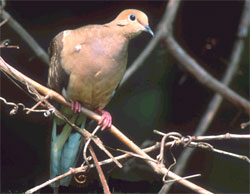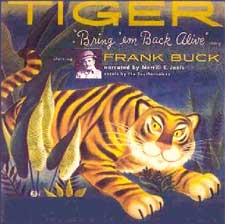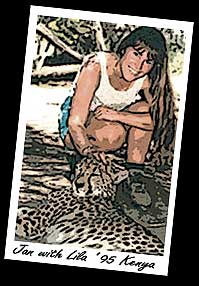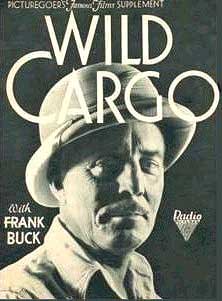Dr Nancy Swift: The Passage to Aberdare
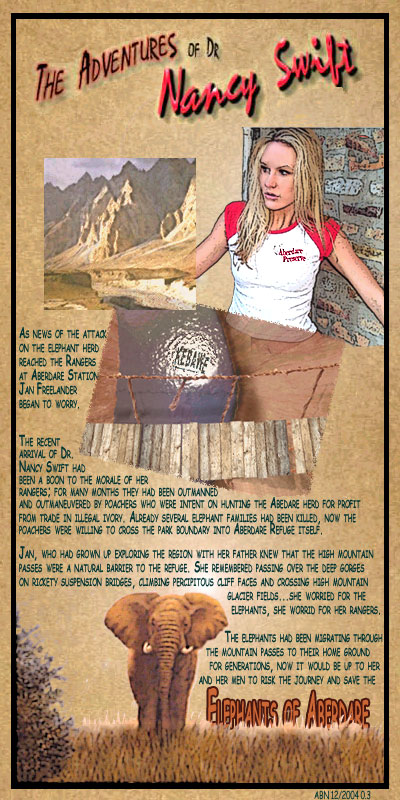

Contact The Animal Broadcast Network Media with Teeth

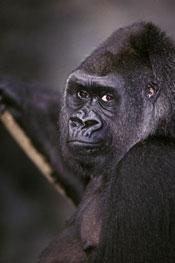
photo courtesy:
Brookfield Zoo
"After Babs the gorilla died, keepers decided to allow surviving gorillas to mourn the death of the most influential female in their social family" Read the entire story
Noting the passing of Babs earlier this month we began to wonder how many other species of animal form lasting bonds with one another and "mourn" the loss of a family member.
We started a quick survey and it soon became apparent that the list is almost endless. The list includes:
In fact the shorter question would be how many animals do not.
The fact that animals form family relationships should not come as a surprise to any person willing to observe their behavior either domestically or in the wild; if they make a conscious decision to live in groups of like individuals if follows that they must in fact recognize each other. It is a simple conclusion therefore that with familiarity there follows fondness and attachment.
One common animal that inhabits nearly every backyard is the Mourning dove. We've had a mated pair or two wherever we live. Mourning doves pair for life and will wait each day almost endlessly at the same roost and at the same time for a missing or delayed mate. They are devoted parents and around our office we consider ourselves fortunate indeed to have them as neighbors.
